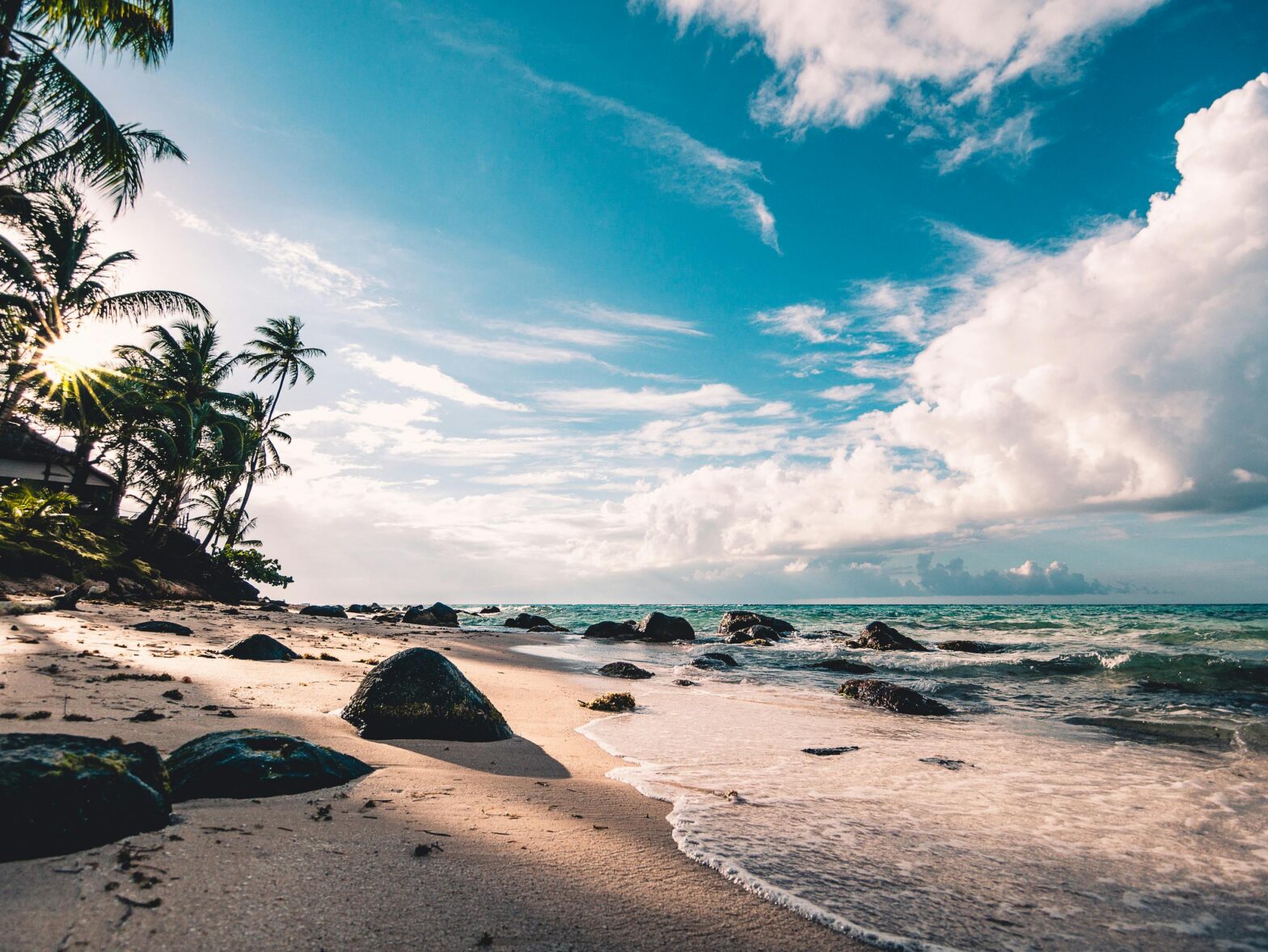A new report claims 80% of tested United States beaches and recreational watersides failed their state’s health standards for safety at least once in 2024.
On May 20, the Surfrider Foundation released its 2024 Clean Water Report. The foundation is a nonprofit “dedicated to the protection and enjoyment” of the world’s bodies of water. Its latest annual report revealed the country’s 10 most popular recreational beaches where testing “consistently reveals dangerous levels of fecal bacteria.” Of the beaches and sampling sites tested, 483 of 604 (80%) had at least one report of high levels of bacteria in 2024.
According to the source, Kahalu’u in O’ahu, Hawaii, had the highest bacteria rate, 92%. Tied in second place with highest rates, 90%, were Waikomo Stream at Koloa Landing in Kauai, Hawaii and Park View Kayak Launch in Miami Beach, Florida. The top five was consecutively rounded out by two California spots — Imperial Beach in San Diego (82%) and Linda Mar Beach in Pacifica (71%).
Other places on the top 10 list include:
- Sound Sand Thea Foss Floating Dock in Tacoma, Washington (64%)
- Ballard Park in Melbourne, Florida (52%)
- Windmill Beach in Sag Harbor, New York (43%)
- San Luis Creek Mouth in Avila Beach, California (38%)
- and Playa Crashboat in Aguadilla, Puerto Rico (23%)
California was the state with the most locations on the list, at three. Hawaii and Florida both had two locations with high bacteria rates, respectively.
What Else Should I Know From The 2024 Clean Water Report About Bacteria At U.S. Beaches?
A beach’s concentration of fecal matter in the water is a public safety concern, as it could harm those engaging with the water. The report noted that Surfrider Foundation chapters across U.S. regions regularly test bacteria levels at recreational water sites. They do so to measure whether the bacteria exceeds “state health standards.” According to the foundation, 60 Blue Water Task Force labs “processed 10,120 water samples collected from 604 distinct sampling sites” in 2024.
“Everyone deserves access to clean water to surf, swim, and play in. That’s why Surfrider advocates for strong laws and sufficient funding to monitor and protect water quality,” said in part Mara Dias, Surfrider’s Water Quality Initiative Senior Manager. “When we see information gaps in government testing programs that leave public health unprotected, we seek to meet those community needs with our Blue Water Task Force water quality monitoring program. And when more collaborative approaches fail, the Surfrider Foundation has the expertise to bring issues to the courts to ensure proper enforcement of the Clean Water Act to protect clean water for all people.”





